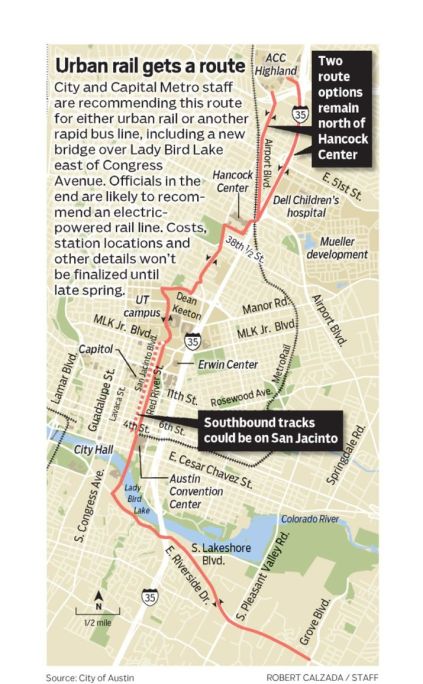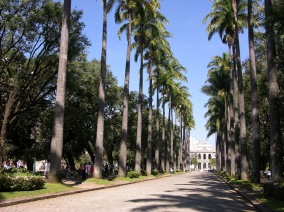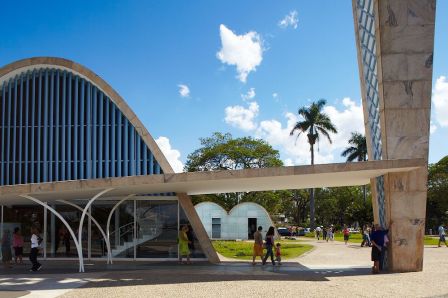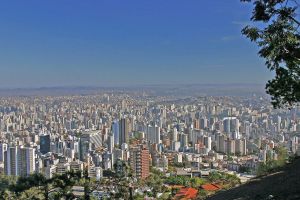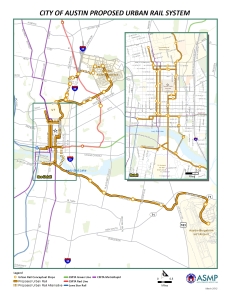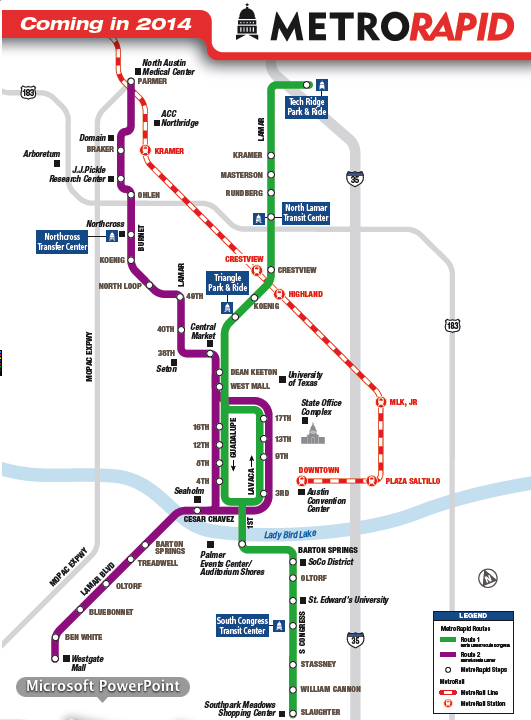Hartford Headlines: The Downtown Stadium Wars Continue
July 19, 2014 Leave a comment
One Team, Two Cities, and None are Happy – The New York Times
After announcing that the city had lured the New Britain Rock Cats, a Double-A Minnesota Twins affiliate, to a new home 15 miles a way in Hartford’s beleaguered North End neighborhood back in June, Hartford Mayor Pedro Segarra has withdrawn a $60 million plan that would have financed a new stadium using public funds.
City residents, and members of the Hartford city council, have been openly critical of Mayor Segarra’s plan that would fund a redevelopment project north of I-84 that includes a new 9,000 seat stadium. Now it appears city officials will seek a private partner to finance much of that money, in what Segarra described as a “public-private partnership.”
City officials issued on July 2 a request for proposals for construction of the baseball stadium and downtown retail and residential development. The request indicates that Hartford will open bids on Aug. 1 — the deadline for developers to submit their plans — and award the contract on Aug. 18.
Complete Coverage
- Bloomfield Brewer Eyes Move to Hartford if New Stadium Development Moves Forward – Hartford Business Journal
- Op-Ed: Hartford’s Ballpark Plan an Economic Catalyst – The Hartford Courant
- Official Fears Hartford Stadium Could Harm XL Center Plan – The Hartford Courant
Officials Optimistic about CTFastrak Bus Rapid Transit Line – WTIC Fox CT
Officials involved with the CTfastrak say the 9.4 mile busway from New Britain to Hartford is on track to open in March 2015. The Department of Transportation estimates construction of the 10-station system is around 70-75 percent complete. Once the busway is rolling, DOT estimates it will eventually generate 16,000 rides daily and 4 million rides a year.
‘Streets’
- Heaven is Here: Hartford’s First Skate Park is Officially Open – The Hartford Courant
- Waterbury: $19.2 Million Investment Package to Continue Downtown Revitalization – The Valley Gazette
Roads/Parking
- Resident Parking Permits Could Become Permanent Fixture in Hartford – NBC Connecticut
- Report: Connecticut Roads Worst in the U.S. – Hartford Business Journal
Transit
- MassDot Buys Berkshire Line, Major Step Towards Passenger Rail Between NYC and Western Mass – Berkshire Eagle
- CT DOT Aims to Align Operations, Multi-Modal Mission – Hartford Business Journal
Development
- Micro Apartments Coming to Downtown Hartford – Hartford Business Journal
- Chic-fil-A Plans New Locations Planned in Wallingford, Brookfield, Enfield & Danbury – New Haven Register
Urban Planning
- East Hartford Adopts New 10-Year Plan Reflecting Modest Growth and Demographic Changes – The Hartford Courant
Around Connecticut
- Malloy Approves Funding for Second Train Station in Bridgeport – Connecticut Post
- Facing a New Master Plan, Development Interests in Stamford Square Off – Greenwich Time

